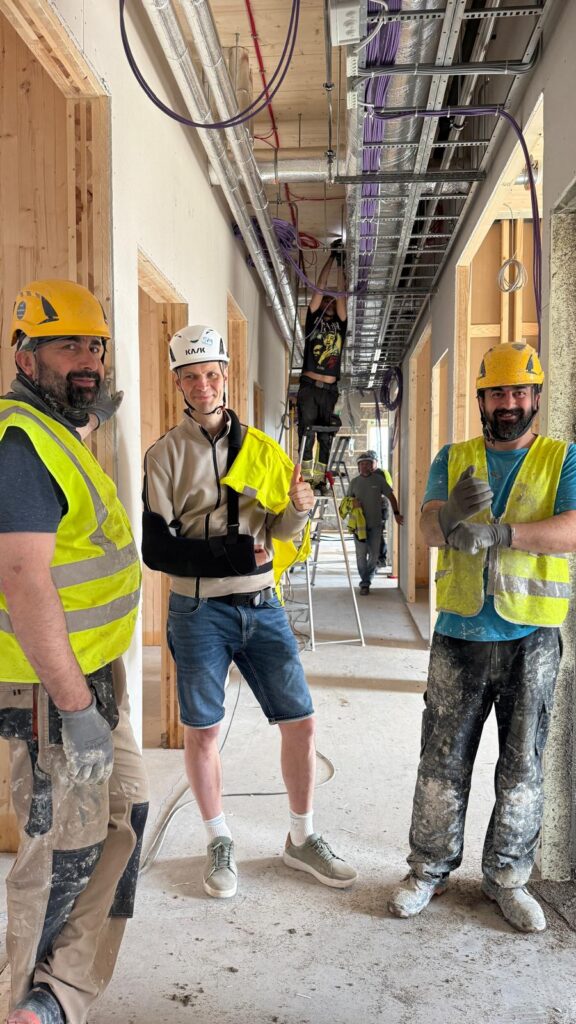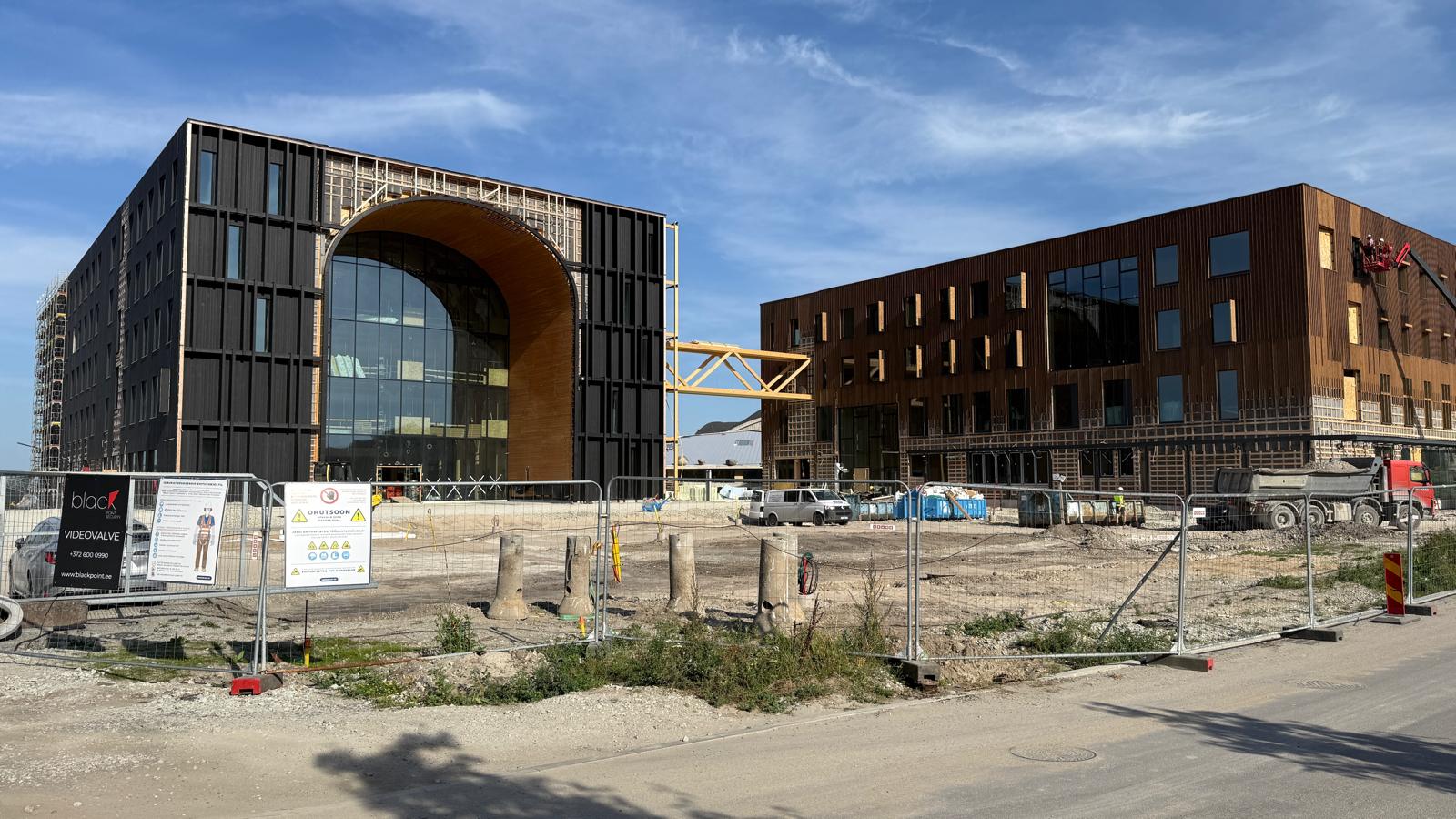Nature Hub, the new Tallinn Nature House, is an excellent example of how the public sector can guide construction towards sustainability, innovation, and the use of local materials.
The building’s main structure is made of cross-laminated timber (CLT) panels, produced by the local company Arcwood by Peetri Puit. CLT is durable, renewable, and environmentally friendly, significantly reducing the ecological footprint of the building.
For interior finishes, natural clay plasters play a central role. First, UKU basecoat clay plaster is applied to create a breathable and resilient surface. This is then completed with white UKU decorative clay plaster, giving the rooms warmth, brightness, and a healthy indoor climate.
The project was designed by Kavakava OÜ (Siiri Vallner, Indrek Peil, Kristel Niisuke, and Ko Ai). The general contractor is Nordecon, and clay plaster works are carried out by SM Viimistlus.
Nature Hub demonstrates that thoughtful material choices, combined with strong public sector leadership, can shape the future of construction. The Tallinn Nature House stands as a prime example of how clay plaster, CLT, and sustainable architecture together create an environmentally friendly and healthy living environment.


